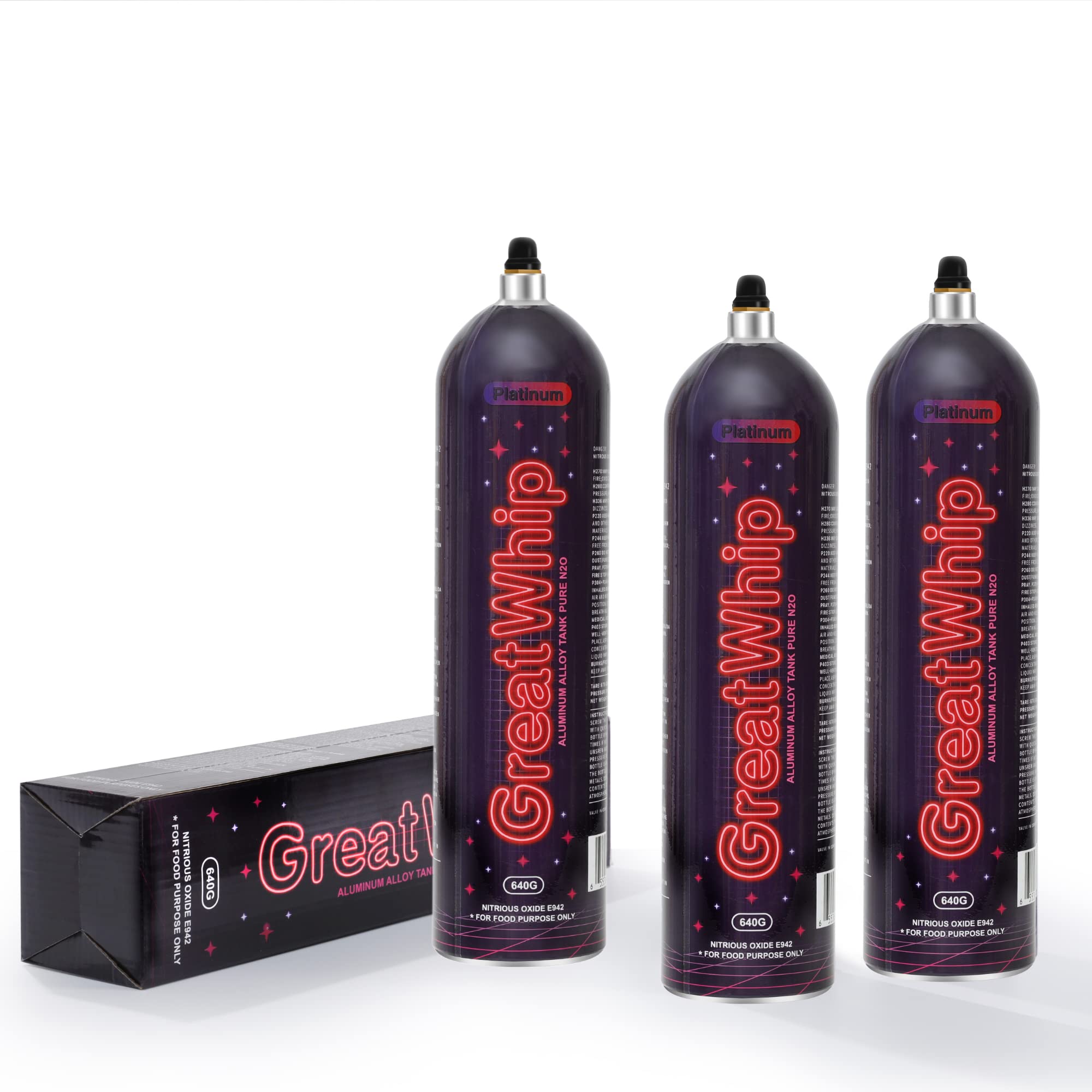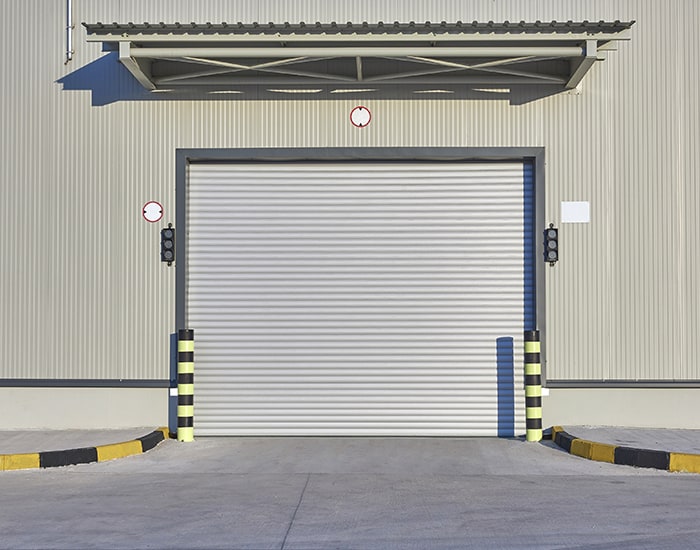Unveiling the Safety Measures and Best Practices for Whip Cream Chargers
Whip cream chargers, those little canisters filled with nitrous oxide (N2O) gas, are essential tools for creating fluffy whipped cream and other culinary delights. While they add convenience and creativity to the kitchen, it’s crucial to understand and follow safety measures and best practices when using them. Here, we delve into these considerations to ensure that your culinary adventures with whip cream chargers remain safe and enjoyable:
1. Read the Instructions
Every whip cream charger product comes with instructions from the manufacturer. Start by reading these instructions carefully. They provide essential information about proper usage, safety precautions, and storage guidelines specific to that brand.
2. Choose Quality Chargers
Opt for high-quality, reputable whip cream chargers from trusted brands. Quality chargers are less likely to malfunction, ensuring a safer and more consistent experience. Avoid buying chargers from unknown or unverified sources.
3. Inspect for Damage
Before use, inspect the whip cream charger for any visible damage or defects. If you notice dents, cracks, or other abnormalities, do not use the charger. Damaged chargers can pose safety risks during the gas release process.
4. Proper Storage
Store whip cream chargers in a cool, dry place away from direct sunlight and extreme temperatures. Proper storage conditions help maintain the integrity of the gas and prevent damage to the charger’s components.
5. Avoid Over-Tightening
When attaching a whip cream charger to a dispenser, avoid over-tightening. Tighten the charger just until it is snug, as excessive force can damage the dispenser’s components and potentially cause gas leaks.
6. Use a Dispenser
Always use a whipped cream dispenser designed for use with whip cream chargers. These dispensers are equipped with safety features and mechanisms to handle the pressurized gas safely.
7. Follow Dispenser Instructions
Just as you read the charger’s instructions, familiarize yourself with the dispenser’s user manual. Dispenser instructions will guide you on the proper assembly, charging, and dispensing process.
8. Do Not Puncture
Under no circumstances should you attempt to puncture a whip cream charger outside of a whipped cream dispenser. Puncturing a charger without a proper dispenser can result in a dangerous release of pressurized gas.
9. Discharge Safely
When you’ve finished using a charger, release any remaining gas safely by following the manufacturer’s instructions. Most dispensers have a release valve for this purpose. Ensure that the charger is fully empty before disposing of it.
10. Keep Out of Reach of Children
Whip cream chargers contain pressurized gas and should be stored out of the reach of children. Children should never handle or play with chargers, as misuse can lead to accidents and injuries.
11. Use in a Well-Ventilated Area
When using whip cream chargers, ensure that you’re in a well-ventilated area. This helps disperse any released gas and reduces the risk of inhaling concentrated nitrous oxide.
12. Dispose of Responsibly
Empty whip cream chargers can often be recycled. Check with your local recycling facilities for guidelines on how to dispose of them responsibly.
In conclusion, whip cream chargers are valuable tools in the culinary world, but safety should always be a priority when using them. By following these safety measures and best practices, you can enjoy the convenience and creativity they bring to your kitchen while minimizing potential risks. Safe handling and usage ensure that your culinary adventures with whip cream chargers remain enjoyable and accident-free.






